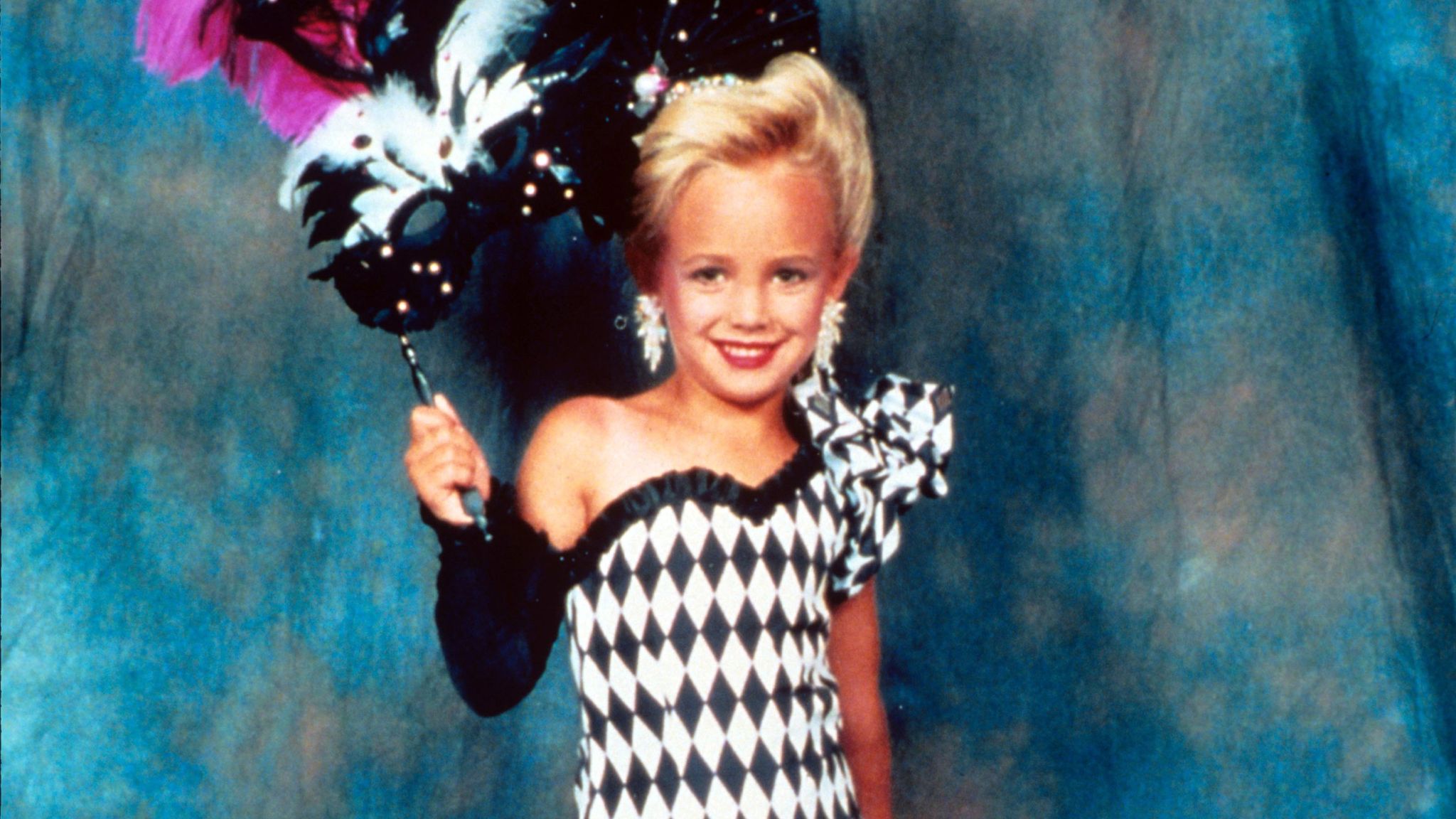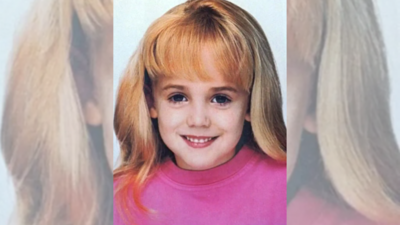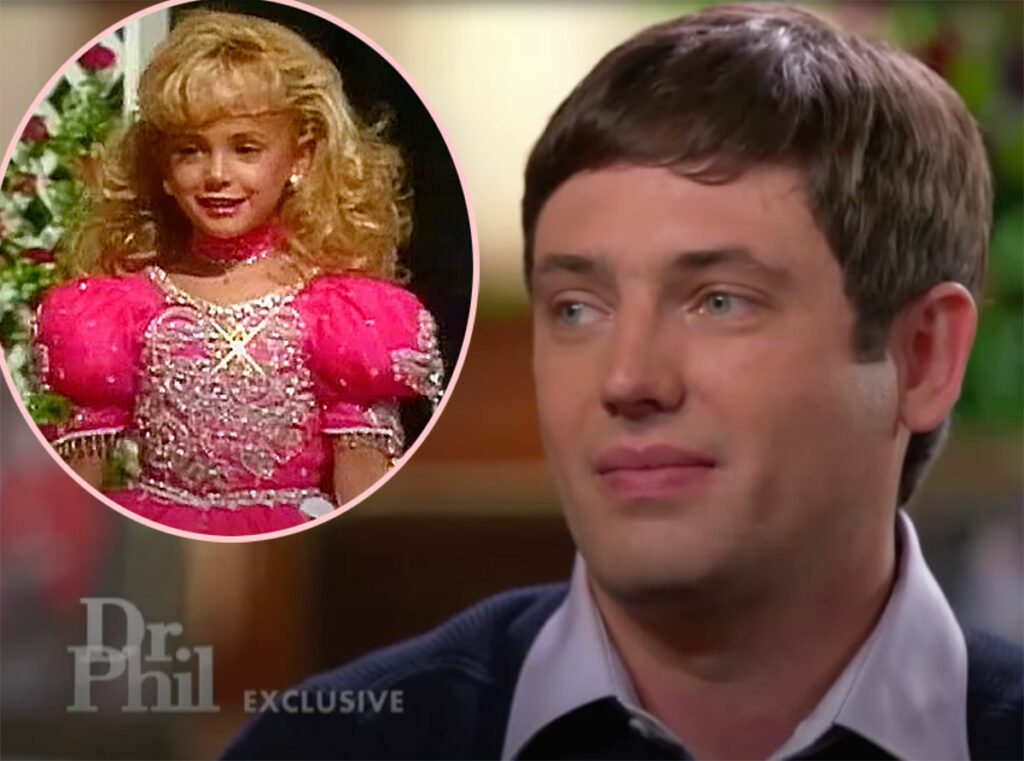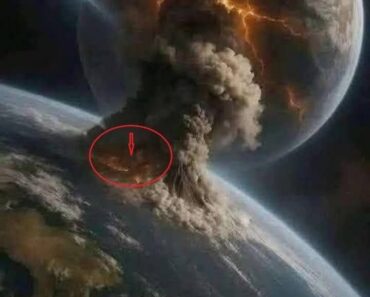“THE FINAL CLUE: New DNA MATCH in JonBenét Ramsey Case ‘Was Hidden Since 1997!’ 

 ” An anonymous tip.
” An anonymous tip.
A corrupted file.
A cold case that refused to stay frozen.
New evidence has surfaced—and it doesn’t just point fingers.
It rewrites everything we thought we knew about that tragic Christmas night.
“Someone covered this up for years,” says an insider.
The silence is over.
The fallout is just beginning.
Posted by
–
The Smile in the Dark—How the JonBenét Ramsey Case Was Never What It Seemed

JonBenét Ramsey’s name is stitched into the fabric of American nightmares, a lullaby turned elegy, a child’s face frozen in time beneath the cold, indifferent gaze of the world.
The house in Boulder, Colorado, once a fortress of privilege and Christmas dreams, became a mausoleum of secrets the night she died.
It’s been nearly thirty years, but the air inside those walls is still thick with the scent of fear, bleach, and something else—something that refuses to be named.
There are stories that haunt us because they’re unsolved.
But the story of JonBenét haunts because it was never meant to be solved.
It was meant to be endured, like a curse, or a riddle whose answer is too monstrous to speak aloud.
The morning after Christmas, 1996, the world awoke to snow, headlines, and a single, chilling fact: a six-year-old beauty queen was dead in her own basement.
No forced entry.
No footprints in the snow.
No signs of struggle that made sense.
Just a ransom note that read like a bad movie script, and a family whose grief flickered between performance and panic.
It was the kind of story that makes you check your locks twice at night, then wonder if the real danger is already inside.
Patsy Ramsey was the first to scream.

Her voice, high and trembling, carried down the hallways and out into the world.
She said she’d found a ransom note, three pages long, demanding $118,000—the exact amount of John Ramsey’s Christmas bonus.
The note was written in her own notepad, with her own pen, in handwriting that looked eerily familiar.
But the police didn’t see it at first.
They were blinded by the house’s grandeur, the family’s charm, the way Patsy’s mascara ran in perfect, photogenic streaks.
They missed the clues hiding in plain sight.
The body was found by John Ramsey himself, hours after the police had already searched the house.
He carried his daughter’s corpse up the basement stairs, cradling her as if he could will her back to life.
But when he laid her down, his face was a mask—calm, almost detached, as if he’d rehearsed this moment a thousand times in his mind.
The camera caught him glancing at his wife, at the officers, at the flashing lights outside.
Not a single tear.
Not a single crack in the armor.
Just a man playing his part, waiting for the next cue.
The world watched as the Ramseys went on television, pleading for answers.
But their words were careful, too careful, each sentence polished and practiced.
Patsy smiled at odd moments, her lips twitching upward even as she spoke of her dead child.
John’s voice was steady, too steady, as if he were reading from a script.
They repeated the same phrases in every interview: “We loved our daughter.
We would never harm her.
We want the killer found.

But the public saw something else—something colder, something calculated.
Their grief felt hollow, like an echo in an empty church.
The world began to wonder: were they grieving, or were they acting?
There was a flashlight left on the kitchen counter, wiped clean of fingerprints.
No one could explain where it came from, or why it was there.
The ransom note referenced a “foreign faction,” but the words felt American, middle-class, suburban.
There were pineapple fragments in JonBenét’s stomach, and a bowl of pineapple and milk left on the table—untouched, except for Burke Ramsey’s fingerprints.
He was the nine-year-old brother, silent and ghostly in every interview, eyes darting, lips pressed thin.
He said he slept through everything.
But children hear things adults pretend not to.
And sometimes, they remember more than they admit.
The investigation spiraled.
The police bungled the crime scene, letting friends and clergy tramp through the house.
Evidence was lost, contaminated, or ignored.
The media turned the case into a circus, and the Ramseys became ringmasters—controlling the narrative, hiring lawyers, and refusing to cooperate.
They were never officially named suspects, but they were never cleared, either.
They lived in a limbo of suspicion, their faces plastered on tabloids, their every move dissected by armchair detectives.
The truth became a commodity, bought and sold in headlines and documentaries.
But the real truth stayed buried, deeper than the basement where JonBenét was found.
Years passed, and the story mutated.

New theories emerged:
An intruder slipped in through the basement window.
A jealous mother snapped under pressure.
A sibling rivalry turned deadly.
Each theory was more lurid than the last, but none fit all the facts.
The ransom note was too long, too strange, too personal.
The injuries didn’t match a break-in.
The family’s behavior was too controlled, too rehearsed.
It was as if they were all reading from the same invisible script.
The world wanted a monster.
Someone to blame, someone to hate.
But monsters don’t always look like monsters.
Sometimes, they look like families, like Christmas cards, like the people you trust most.
Sometimes, the scariest thing isn’t what’s lurking in the dark, but what’s smiling in the light.
The years turned the Ramseys into shadows—moving from house to house, city to city, always looking over their shoulders.
Patsy died of cancer, taking her secrets with her.
John remarried, tried to rebuild, but the past clung to him like a second skin.
Burke grew up, but the world never let him forget.
He appeared on talk shows, his smile too wide, his laughter too forced.
When asked about his sister, he talked in circles, never quite answering, always deflecting.
It was as if the truth was a live wire, and he was terrified of getting shocked.
And then, decades later, a new detail emerged.
A forgotten piece of evidence, a DNA sample that didn’t match anyone in the family.

For a moment, hope flared—maybe the monster really was a stranger, a phantom who slipped in and out without leaving a trace.
But the hope faded as quickly as it came.
The DNA was inconclusive, contaminated, just another dead end in a labyrinth of dead ends.
The case remained unsolved, the questions more unsettling than ever.
But what if the real answer was never in the evidence?
What if it was in the performance, in the way the Ramseys moved through grief like dancers on a stage?
What if the truth was hiding not in the shadows, but in the spotlight?
A family so desperate to be seen as innocent, they forgot how to be real.
A tragedy so public, it became impossible to tell where the act ended and reality began.
In the end, the greatest twist was this:
The world kept looking for a killer, but the real crime was the lie everyone agreed to believe.
The lie that families are safe.
The lie that monsters are strangers.
The lie that innocence can survive the glare of a thousand cameras.
JonBenét’s face still smiles from faded photographs, her beauty queen crown tilted just so.
But behind that smile is a secret, a scream trapped in the walls of a house that will never be a home again.
The case is cold, the evidence stale, but the questions burn hotter than ever.
Who killed JonBenét Ramsey?
Maybe the answer is as simple—and as terrifying—as this:
We all did.
We watched, we speculated, we turned tragedy into entertainment.
We let the story become bigger than the girl.
And in doing so, we lost her forever.
Because sometimes, the hardest truths aren’t hidden in the dark.
They’re hiding in plain sight, behind a smile, beneath a Christmas tree, in the silence of a family that knows too much and says too little.
And that’s the real Hollywood ending—the one where nobody wins, and everyone is left ha






